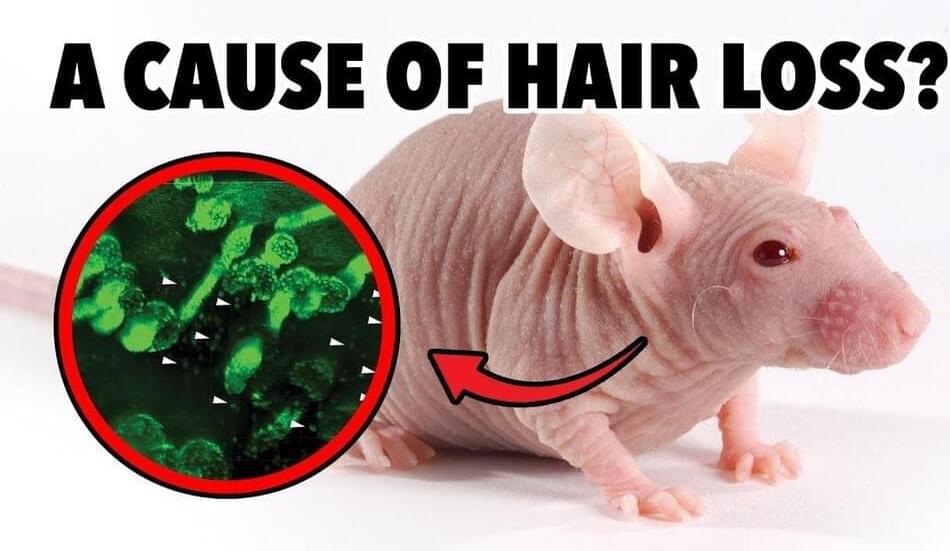Incredible new videos show stem cells escaping from hair follicles, which could provide insight on a new, potentially reversible mechanism of hair loss.
Stem cells contribute to tissue regeneration, and they are thought to play an important role in age-related decline — so much so that stem cell exhaustion is one of the hallmarks of aging. These stem cells reside in “compartments” in various tissues. In the hair, the stem cell compartment, known as the bulge, is adjacent to the hair follicle.
It is extremely hard to monitor stem cell activity in live animals over time, yet this is exactly what the researchers of this study have achieved using noninvasive imaging techniques based on lasers. By anesthetizing mice and putting them inside the imaging device, they were able to observe and record the process of stem cells escaping their compartment.
Researchers watched as escaping stem cells changed their shape and shot out of the compartment as if squeezing through invisible holes, which are most likely structural abnormalities in the membrane. The researchers hypothesize that aging somehow harms the structural integrity of the membrane, but this phenomenon demands further examination. The “rogue” stem cells escape to the dermis, which is the lower layer of the skin. Once there they remained stem cells, and seemed to be doing quite well in the new environment. However, this may not be a good sign, since stem cells are known to contribute heavily to tumorigenesis, and the authors call for more research into the role that escaping stem cells might play in the development of cancer.
The researchers studied both young and old mice. In young animals, the stem cell compartment was well defined, and cells were restricted to their rightful place. In many older mice, however, the researchers noticed the shrinkage of the hair follicle and compartment. The shrinkage was even more pronounced when the compartment showed signs of stem cell escape.
The researchers looked for proteins that were downregulated in the follicles that experienced stem cell escape, zeroing in on two transcription factors (FOXC1 and NFATC1). These identified proteins are indeed known to regulate cellular adhesion and extracellular matrix integrity.
